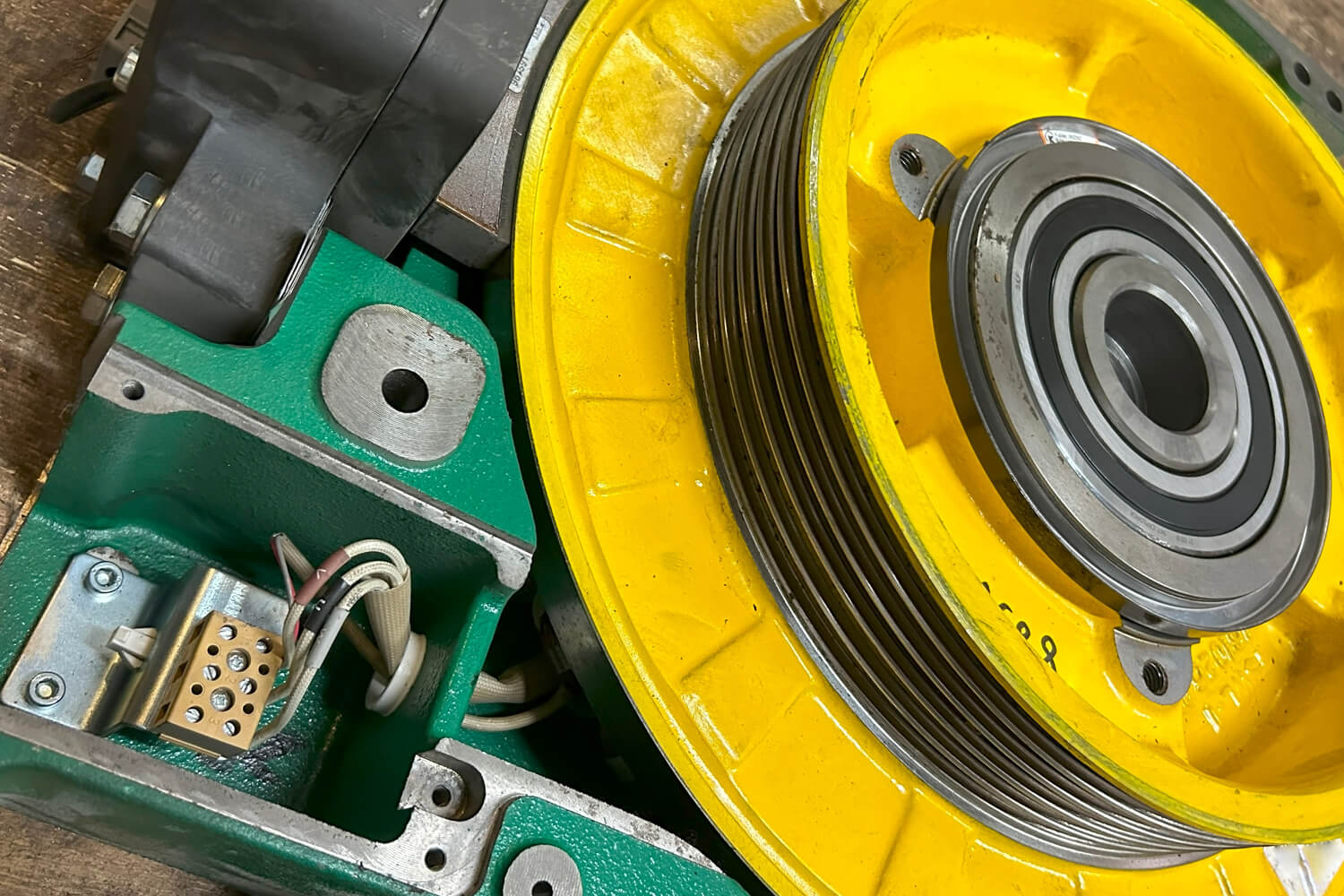Elevators have a range of safety mechanisms built in to respond to malfunctions and prevent accidents. One such mechanism is the elevator overspeed governor, which continuously measures the elevator’s speed and activates the emergency braking system when the elevator descends too quickly.
Overspeed tests help ensure the proper functioning of built-in safety mechanisms. Learn how these tests, paired with effective elevator monitoring systems, can help keep occupants safe.
What Are Elevator Overspeed Tests?
Elevator overspeed tests are safety procedures that check the proper functioning of the elevator’s governor. The governor is a speed monitoring device that triggers safety mechanisms when the elevator exceeds safe speeds.
An overspeed test involves running the elevator at a high speed to ensure that the governor activates. When working properly, the governor should signal the controller to stop power to the motor and activate the brakes, causing the elevator to stop immediately.
Elevator overspeed tests often involve the use of a test wheel, which spins the governor wheel at high speeds. A tachometer measures the RPM at which the governor trips.
These tests are typically conducted with the elevator car attached and loaded to its rated capacity.
Why Are Overspeed Tests Important for Elevator Safety?
Overspeed tests play an important role in ensuring that the elevator safety system is working properly. Riding an elevator at unsafe speeds puts occupants at risk of injury. The overspeed governor needs to be ready to activate as soon as the elevator car starts traveling at unsafe speeds.
Specifically, these tests serve several purposes:
- Verify that the safety system is reliable and operational. If an elevator fails this safety test, it cannot be used until the governor is repaired.
- Ensure that the elevator meets industry standards like the ASME. The elevator overspeed test is required for all new elevators and must be performed periodically for the elevator to maintain compliance.
- Meet liability insurance standards. Buildings with non-compliant elevator systems may not qualify for liability insurance. Insurers often require periodic elevator inspections to renew the policy.
- Prevent damage to the elevator structure: Running at high speeds isn’t only unsafe for elevator occupants; it can also damage the elevator itself.
What Happens if an Elevator Fails the Overspeed Test?
If the elevator governor fails to stop the elevator during high speeds, the elevator will be taken out of service. A qualified technician will inspect the system and perform repairs to ensure that the governor works properly moving forward. They will conduct extensive testing before allowing the elevator to be used again.
Promote Elevator Safety in Your Building With ELEVATE Monitoring
The elevator overspeed test is just one test used to assess the safe functioning of an elevator. Combining periodic safety audits with an effective two-way video monitoring system from ELEVATE Monitoring can help you promote the safe operation of your building’s elevator system.
ELEVATE Monitoring offers full 24/7 elevator monitoring to respond to incidents quickly and protect your business’s reputation. Call 877-990-9191 to learn more about our revolutionary technology.


